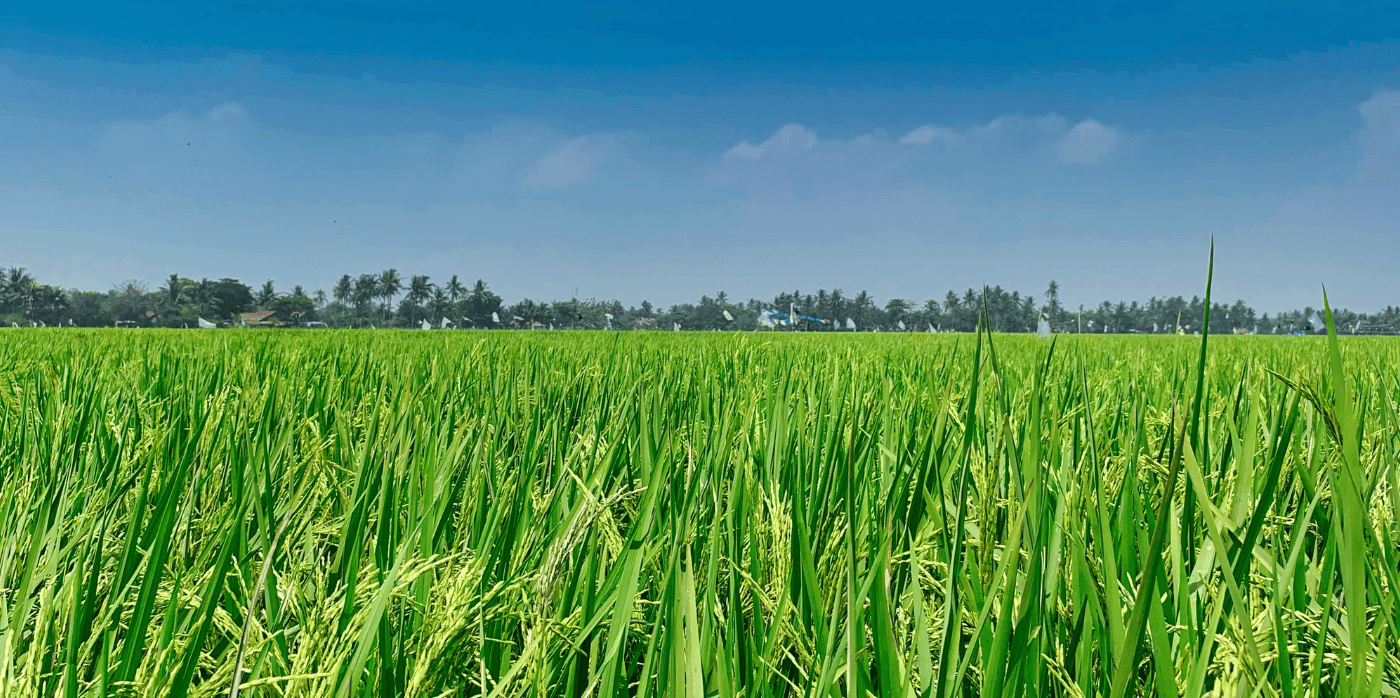
Spotted: Recognised by the United Nations Food and Agriculture Organizational (FAO) for its agri-food system resiliency, Indonesia’s rice production systems are around 90 per cent self-sufficient. The country imports rice only for industrial purposes, as it grows enough edible rice to fulfill national demand, but producing such volumes of the foodstuff also entails agricultural waste. The country produces 100 million tonnes of rice straw annually, most of which is incinerated.
If that burnt waste was instead converted into electricity, the country would produce enough energy to power every household 10 times over. Researchers at the Energy and Bioproducts Research Institute of Birmingham’s Aston University, led by Dr Jude Onwudili, are working on a commercial-scale project to make use of such abundant fuel.
The new process uses a combustion engine and pyrolysis to heat rice straw to around 500 degrees Celsius in order to break the agricultural waste down into vapours and oil, both of which can be converted to electricity. The efficiency rate of the new conversion process is nearly 70 per cent, double the current rate of 35 per cent.
Local fuel production would reduce costs for nearby communities, create new jobs, and reduce carbon emissions as take-up of the energy source grows. Additionally, communities that produce more electricity than they can use will be able to sell the power to others, thereby further enriching the local economy.
Springwise has spotted a number of other biofuel innovations making the most of local agriculture, including turning waste bananas into carbon-neutral hydrogen fuel, and sawmill and cassava waste that’s turned into high energy density fuel.
Written By: Keely Khoury

